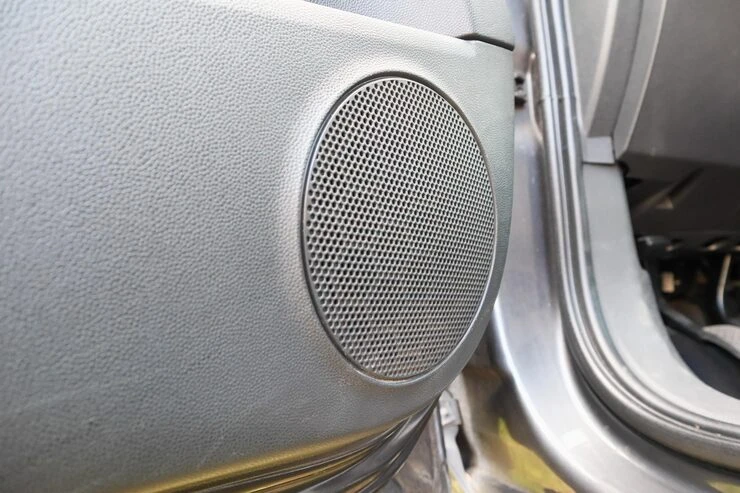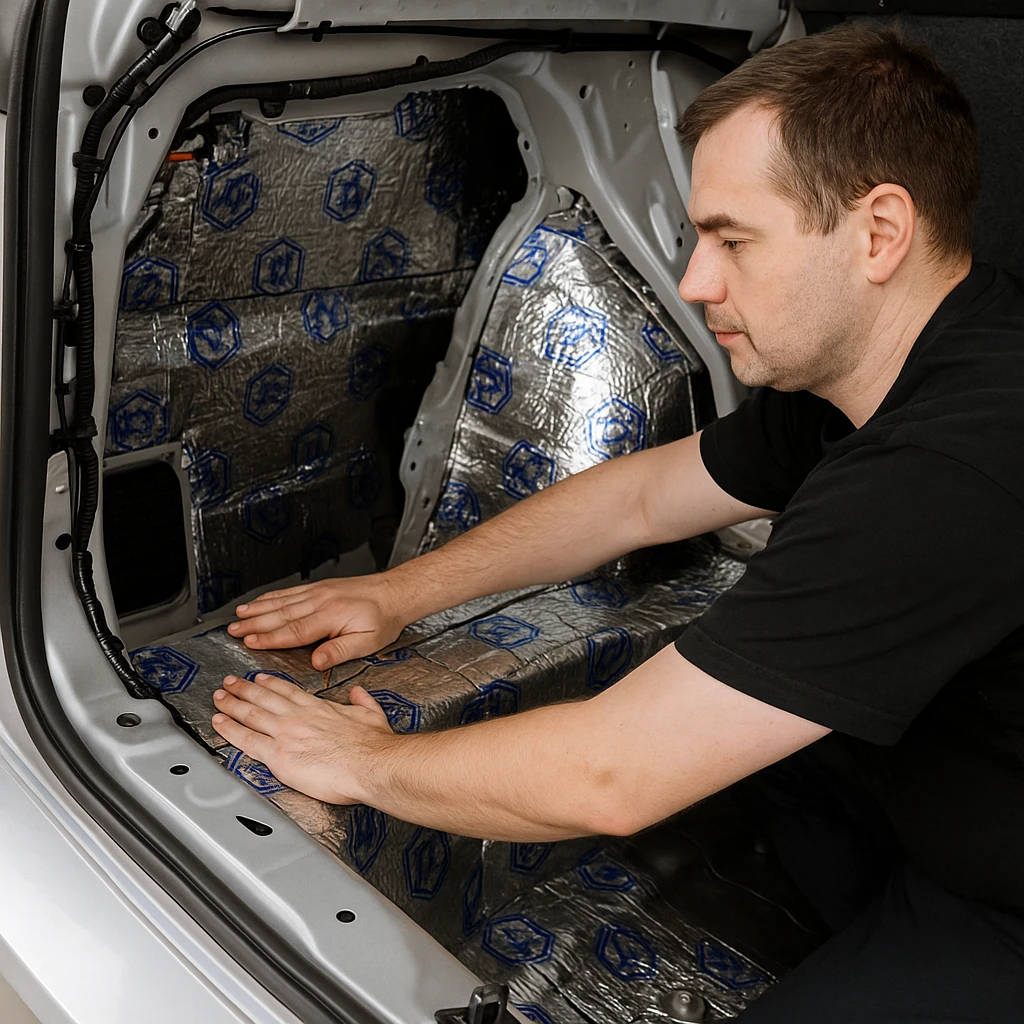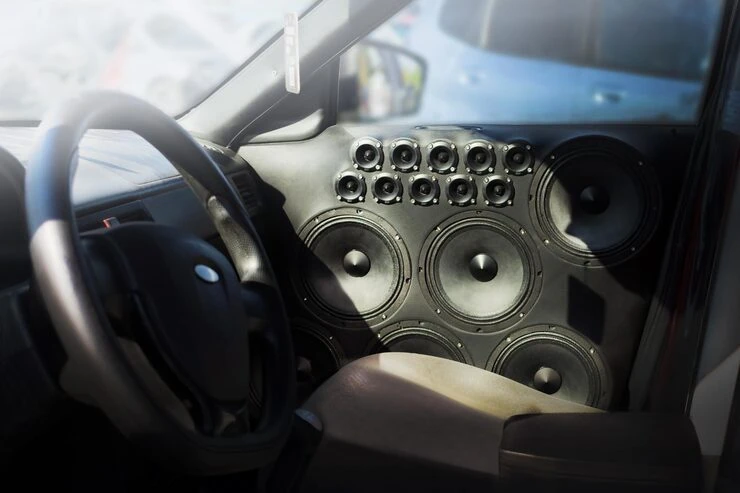
In Dubai’s busy streets and scorching climate, effective car sound deadening can greatly enhance your driving experience. Car sound deadening refers to using special materials and methods to reduce noise and vibrations inside a vehicle’s cabin. By dampening road noise, engine rumble, and rattling panels, you create a quieter, more comfortable ride. This upgrade not only makes long commutes less tiring but also improves audio system clarity since you hear music without competing background noise. In the following sections, we explore the best materials and techniques for sound deadening, helping your car stay calm and quiet even in Dubai’s hectic traffic.

A car’s metal body naturally amplifies outside noise — think of it as a drum that vibrates with the road. Sound deadening addresses this by adding insulating layers that absorb or block noise. The benefits of soundproofing are significant:
Overall, sound deadening makes any car feel more refined and much more enjoyable to drive, as a quieter car can feel more premium to future buyers.

Effective car soundproofing often uses a combination of materials, each tackling noise in its own way. Here are the top sound deadening materials and their roles:
Note: Avoid cheap asphalt-based sheets — they often soften or melt in high heat and can release nasty fumes.
Professional installers follow certain best practices to achieve maximum noise reduction:

The table below compares key sound deadening materials, highlighting their advantages and any drawbacks to consider:
| Material | Key Benefits | Considerations | |||
| Butyl Rubber Mat (CLD) | - Excellent vibration damping (reduces panel resonance) | - Strong adhesive; stays in place even under high heat | - Foil backing adds heat reflection to keep cabin cooler | - Requires proper installation (firm rolling) for best results; Higher cost than asphalt-based mats (but no risk of melting or smell). | |
| Closed-Cell Foam (CCF) | - Very light and flexible; easy to fit into tight spaces | - Great for stopping rattles and plastic-on-metal squeaks | - Closed-cell design won’t absorb moisture | - Limited noise reduction on its own (little low-frequency effect) | - Best used in combination with other materials for full benefit. |
| Mass Loaded Vinyl (MLV) | - Extremely dense barrier that blocks sound (especially low-frequency rumble) | - Can greatly quiet the cabin when used on floor or firewall | - Adds significant weight to the vehicle | - Difficult to install on vertical or overhead surfaces | - Needs near 100% coverage (no gaps) to be effective. |
| Spray-On Deadener | - Can coat areas that mats can’t (irregular shapes, door insides, etc.) | - Ideal for treating wheel wells and underbody parts | - Not as effective per layer as mats (usually requires multiple coats) | - Use a heat-resistant product so it withstands extreme heat. |
Investing in car sound deadening can transform your driving experience, making daily commutes and road trips far more peaceful. Even a modest upgrade will cut down on road rumble and vibrations, reducing driver fatigue while making conversations and music more enjoyable. The result is a more serene drive — whether you’re in heavy city traffic or on the open highway, you’ll enjoy music and conversation without distraction. In fact, a quieter car not only feels more comfortable but can even increase your vehicle’s resale value by making it seem more refined. The added insulation even helps keep out some heat, which is valuable in Dubai’s climate. The improvement in ride comfort and audio clarity is well worth the effort. Once you experience a truly quiet cabin, you’ll understand why it’s such a joy to drive.